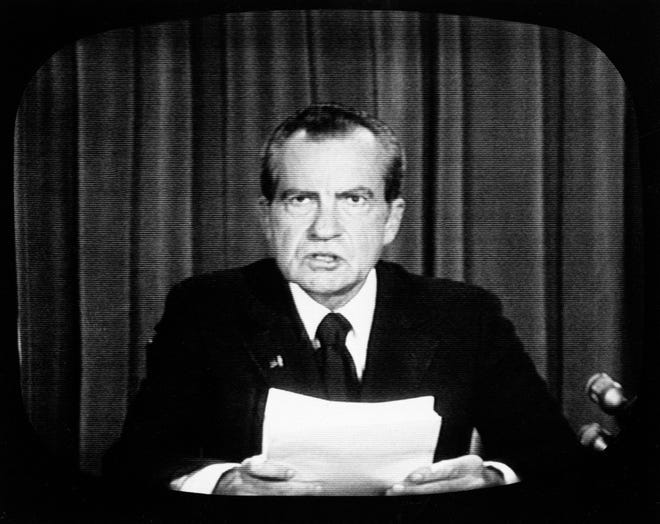When the BRICS (Brazil, Russia, India, China, and South Africa) summit was held last month in South Africa, it highlighted both the group’s main economic strengths and the divergent interests that make it difficult for them to leverage those strengths. Whether those differences can be resolved will have a major impact on the U.S. in general, and the dominance of the dollar in particular.
Nearly two dozen countries formally applied to join the group. The bloc invited top oil exporter Saudi Arabia, along with Iran, Egypt, Argentina, Ethiopia, and the United Arab Emirates, to join in an ambitious push to expand their global influence as a viable counterweight to the West. This is certainly the goal of Beijing and Moscow.
Developing countries are increasingly the biggest the most dynamic parts of the world economy. This has resulted in both the shift of a vast amount of know-how from the West to the rest and the development of new know how in the rest—not just in China but also in India.
The new BRICS members bring together several of the largest energy producers with the developing world’s biggest consumers, potentially giving the bloc outsized economic clout. Most of the world’s energy trade takes place in dollars, but the expansion could enhance the group’s ability to push more trade to alternative currencies.
This is a win for China and Russia, who would very much like to undermine the dominance of the US dollar. This would be especially helpful to Russia as its economy struggles with sanctions imposed after its invasion of Ukraine last year. China is looking to build a broader coalition of developing countries to extend Beijing’s influence and reinforce its efforts to compete with the US on the global stage.
Former French President Valery Giscard d’Estaing called the dollar’s role as the world’s reserve currency “America’s exorbitant privilege.” Most Americans don’t think about the value of the dollar. But for the rest of the world, its value on currency exchanges is a big deal.
U.S. monetary policy is closely watched around the world because interest rate hikes by the Federal Reserve increase the dollar’s value and make loans denominated in dollars more expensive to repay in local currencies. This is certainly an advantage for the U.S.
But the dollar’s unique position is under threat on several fronts and will likely experience a stress test in the future. The most immediate and unnecessary threat would stem from the self-inflicted wound of the U.S. defaulting on its debt.
One of the bedtime stories D.C. politicians tell themselves is that the dollar is unassailable. If Americans have learned anything from history, it is that there is no escaping it. Moving on from history requires some honesty and truth telling, but truth tellers are an endangered species among the political elite.
There are a growing number of countries, notably China and Russia, that resent the US’s weaponization of the dollar on global markets. Their de-dollarization efforts bear watching. Another threat arises from technology, as central banks around the world work to develop their own digital currency networks.
Though home to about 40 percent of the world’s population and a quarter of global GDP, the bloc’s ambitions of becoming a global political and economic player have long been thwarted by internal divisions and the lack of a coherent vision.
The BRICS countries also have economies that are vastly different in scale and governments that often seem to have few common foreign policy goals, which complicates their decision-making. China’s economy, for example, is more than 40 times larger than South Africa’s.
Russia, isolated by the United States and Europe over its invasion of Ukraine, is keen to show Western powers it still has friends. Brazil and India, in contrast, have both forged closer ties with the West. Given these differences it is unclear how the group will be able to act in unison and enhance their clout on the global stage.

